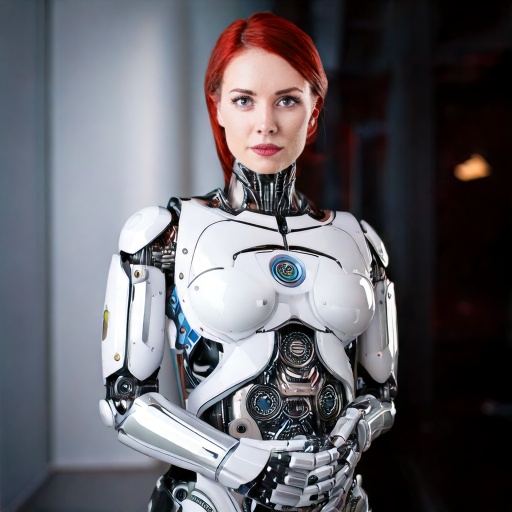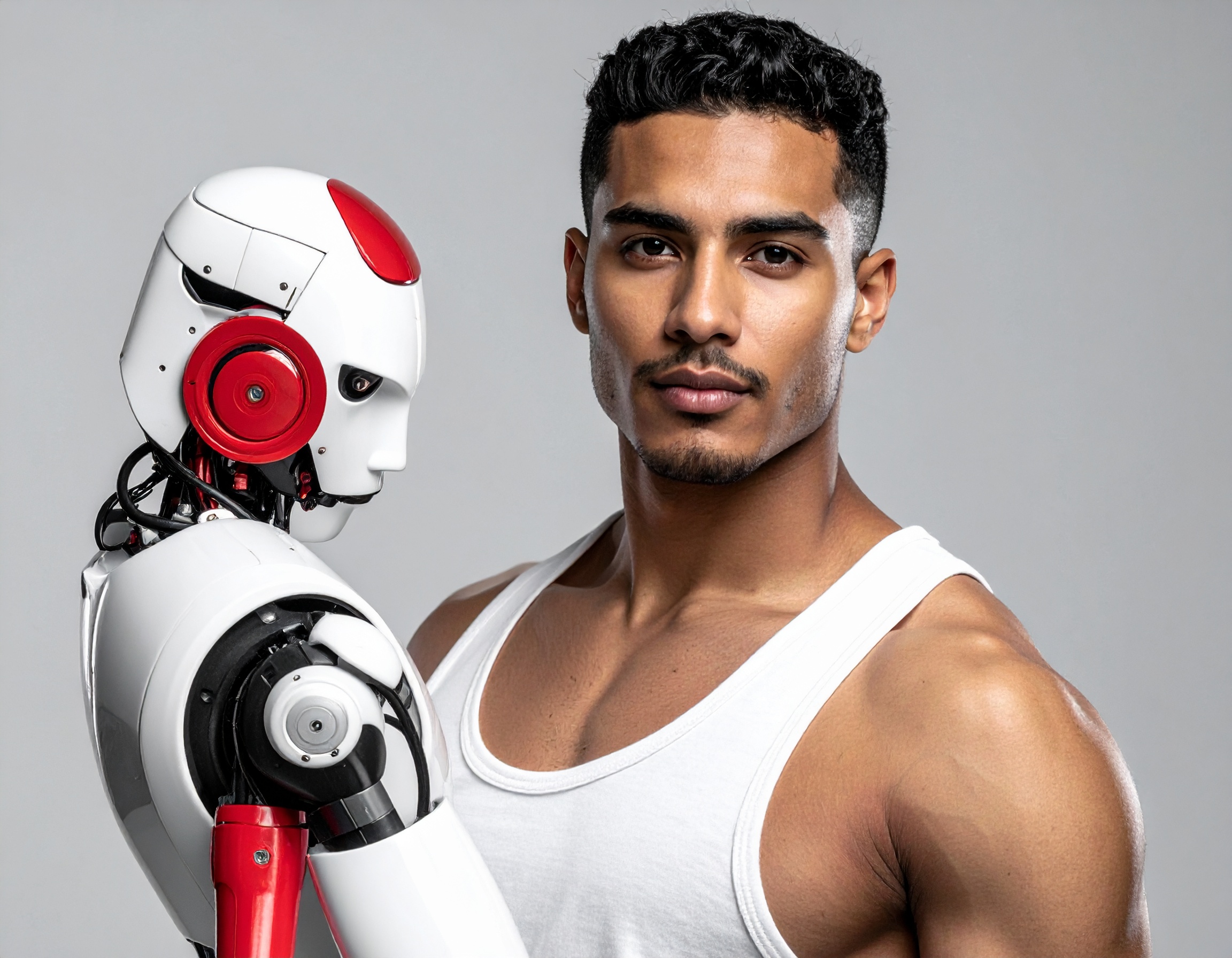Robot Rumble: How AI Employees Are Reshaping the Robotics Industry

Rise of the Non-Human Workforce
In June 2025, robotics company Unitree made headlines with the release of its new bipedal robot, the Unitree G1. With a starting price of just $16,000, the G1 is designed as a cost-effective alternative to human labor, highlighting the growing impact of AI Employees and Non-Human Workers across industries. Standing 4.4 feet tall and weighing 35 kg, the humanoid robot boasts advanced capabilities such as rapid locomotion, full-body coordination, and impressive balance — features that could make it a key player in sectors like logistics, service, and manufacturing.
Impressive Features at a Competitive Price
The G1 stands out not only because of its price but also for its high-performance technology. Its artificial intelligence system allows it to walk, run, and maintain stability, even when challenged by uneven terrain. It includes 23 to 43 degrees of freedom, depending on the configuration, which gives it an almost human-like range of motion. This flexibility makes it suitable for tasks typically handled by humans — at a fraction of the cost. A more advanced version of the robot, the G1 Edu, is priced at $88,000 and is aimed at research and educational institutions.

Why It Matters Now
This launch signals a critical shift in the robotics market. For years, companies like Boston Dynamics and Tesla have dominated the humanoid robotics conversation with high-priced machines. Unitree’s G1 disrupts that trend by offering similar capabilities at a significantly lower cost. It also follows a larger trend of integrating Voice AI Agents and other AI-powered technologies into the workforce. The increasing viability of AI Employees suggests a future where humans work alongside — or are replaced by — advanced machines in everyday roles.
The Bigger Picture
Unitree’s innovations come at a time when labor shortages and rising wages are pushing companies to explore robotic alternatives. By making humanoid robots more accessible, Unitree is democratizing advanced robotics and setting the stage for broader adoption. As these technologies evolve, we are likely to see more Non-Human Workers integrated into the economy, performing complex tasks with precision, speed, and without fatigue.
Key Highlights:
- In June 2025, Unitree launched its $16,000 G1 humanoid robot, a potential game-changer for affordable robotics.
- The G1 features high agility, 23–43 degrees of freedom, and real-time AI coordination.
- The upgraded G1 Edu version, aimed at institutions, is priced at $88,000.
- Unitree is disrupting a market long dominated by costlier players like Boston Dynamics.
- The rise of AI Employees and Voice AI Agents reflects broader automation trends amid global labor challenges.
Reference:


